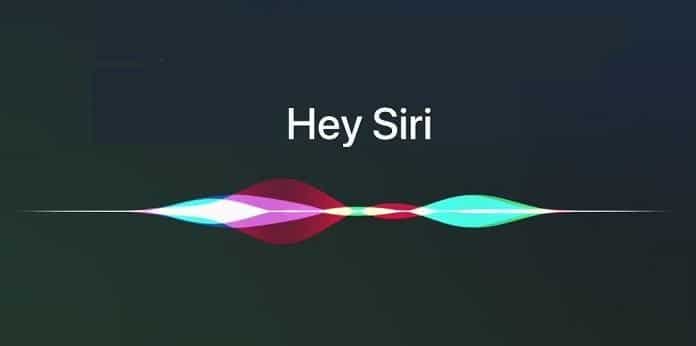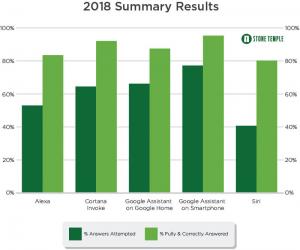

Each shortcut only includes four steps: two text boxes, one URL box, and one Get content of URL box. Once the behind-the-scenes groundwork has been created on IFTTT, you’re ready to build shortcuts on your iPhone or iPad with the Shortcuts app. (c0w-m00-pig-0ink is not actually my key, although it was once my old AIM screen name) 😀 Create your shortcut I chose to select and copy mine into a note in Apple Notes (which you can optionally lock): Then copy and store your key and example text string.

The last step is copying your unique key (something only you should have and no one else) and the example text string that you will later adjust for each action in Shortcuts (this string includes your key so don’t share it).įirst, go to / /maker_webhooks and select ‘Documentation’: start, stop, pause, dock), only changing the ‘event name’ text, then you’re almost finished with the IFTTT side. You can repeat each of those steps for each Roomba action (i.e. Select your Roomba, then select ‘Create action’:įinally, optionally turn off the alerts for when the action runs, then select ‘Finish’ to save your automation: Type ‘irobot’, then select the green ‘iRobot’ tile:įor each command, select the corresponding action: You’ll later need to plug this text into the Shortcuts app. Type in ‘web’ in the search box, then select Webhooks:Įnter an ‘Event Name’ for the action that makes sense to you. If that sentence makes you panic like it did me, don’t worry: you’re really just clicking a few buttons and moving some text around. Setting up IFTTTįor each Roomba action, you first need to create an automation on IFTTT that connects a webhook with an iRobot command. You should also bookmark Federico Viticci’s resource-rich tutorial which includes inspiration for this guide in the form of a demo of Myke Hurley’s Roomba vacuum being controlled by Siri. You’ll also want to have your Roomba set up and connected to your Wi-Fi network so it’s ready to go. What do you need?īefore you get started, you’ll need a Wi-Fi-enabled iRobot Roomba vacuum, an iPhone or iPad running iOS 12 with the Shortcuts app installed, and an IFTTT account. Want to come home to a clean floor? Just tell Siri. Siri control is especially great for remotely controlling with voice commands when you’re not home. Using Siri and Shortcuts, you can build custom voice commands that control Roomba from HomePod, iPhone, iPad, and Apple Watch. That means no voice control if you don’t have an Amazon Echo or Alexa-enabled smart speaker. You can schedule clean ups, remotely start and stop jobs in iRobot’s iOS app, or use voice control with Amazon’s Alexa voice assistant.īut you can’t control Roomba with Siri out of the box. IRobot Roomba vacuums are already super convenient for assisting in vacuum jobs in between deeper clean ups.

Here’s my Siri-controlled robot vacuum experience and best practice recommendations: HomeKit support would bring voice control for vacuums through Siri, app control through the Home app and Control Center, and clean up scheduling through automation - all in the same app you manage other smart home accessories.Įven without HomeKit support, you can build your own Siri control for Wi-Fi-enabled iRobot Roomba vacuums using MacStories‘ very helpful guide for connecting IFTTT (If This Then That) triggers to Apple’s Shortcuts app on iOS 12. However for those who want the best of both ecosystems it's a whole lot better than having to open up the Assistant app manually and then start speaking to Google's service.Robot vacuums remains one obvious category HomeKit should support in the future. For instance, if you have a Routine set up to lock the doors, turn out the lights, and lower the thermostat intended for use when you leave the house, you could trigger that through the Assistant by asking Siri for it.Ĭertainly, it's not quite as elegant as just talking to Google's AI directly. With Google's launch of complex Routines for the Assistant earlier this year, it's a shortcut into controlling your whole smart home, too. If you've turned on Siri support from the lock screen, your iPhone or iPad needn't be unlocked or the screen even on for that to work. However, after that you can string both Siri and Assistant instructions together to use Google's services.įor instance, you could say "Hey Siri, Ok Google" and have the Assistant load up. You'll need to record a trigger phrase – such as "Ok Google" – since it's apparently unable to pull in a pre-existing voice command you may have already set up on another Assistant-powered device. Open the Google Assistant app post-update, and you now get the option to register the Assistant with Siri Shortcuts.


 0 kommentar(er)
0 kommentar(er)
